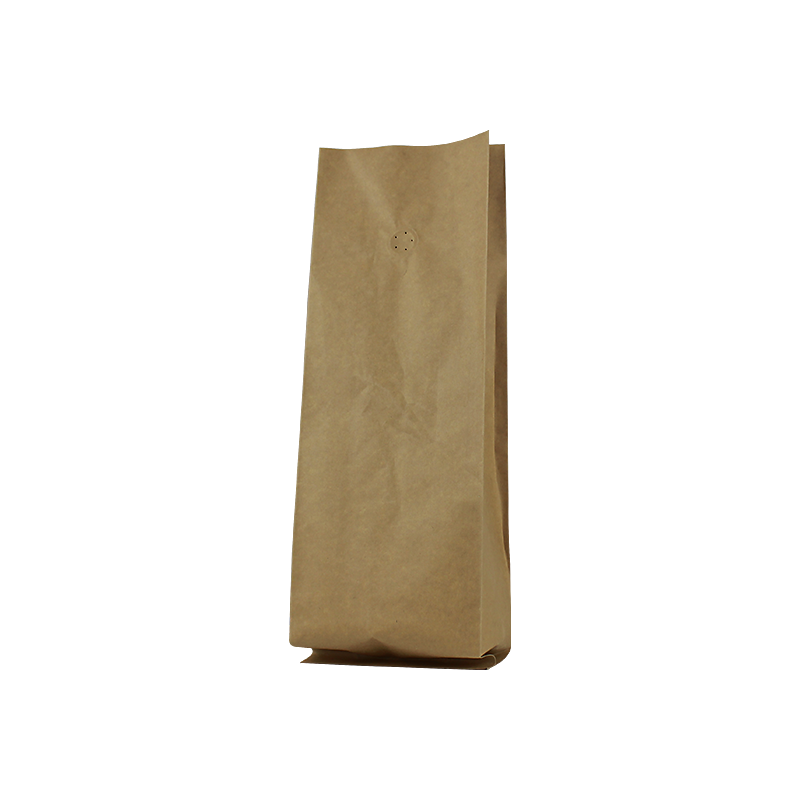- Afrikaans
- Albanian
- Amharic
- Arabic
- Armenian
- Azerbaijani
- Basque
- Belarusian
- Bengali
- Bosnian
- Bulgarian
- Catalan
- Cebuano
- chinese_simplified
- chinese_traditional
- Corsican
- Croatian
- Czech
- Danish
- Dutch
- English
- Esperanto
- Estonian
- Finnish
- French
- Frisian
- Galician
- Georgian
- German
- Greek
- Gujarati
- haitian_creole
- hausa
- hawaiian
- Hebrew
- Hindi
- Miao
- Hungarian
- Icelandic
- igbo
- Indonesian
- irish
- Italian
- Japanese
- Javanese
- Kannada
- kazakh
- Khmer
- Rwandese
- Korean
- Kurdish
- Kyrgyz
- Lao
- Latin
- Latvian
- Lithuanian
- Luxembourgish
- Macedonian
- Malgashi
- Malay
- Malayalam
- Maltese
- Maori
- Marathi
- Mongolian
- Myanmar
- Nepali
- Norwegian
- Norwegian
- Occitan
- Pashto
- Persian
- Polish
- Portuguese
- Punjabi
- Romanian
- Russian
- Samoan
- scottish-gaelic
- Serbian
- Sesotho
- Shona
- Sindhi
- Sinhala
- Slovak
- Slovenian
- Somali
- Spanish
- Sundanese
- Swahili
- Swedish
- Tagalog
- Tajik
- Tamil
- Tatar
- Telugu
- Thai
- Turkish
- Turkmen
- Ukrainian
- Urdu
- Uighur
- Uzbek
- Vietnamese
- Welsh
- Bantu
- Yiddish
- Yoruba
- Zulu
Innovative Edible Packaging Solutions for a Sustainable Future
Edible Wrappers A Sustainable Future for Packaging
In an era defined by increasing environmental awareness and the pressing need to tackle the issues of waste and pollution, the concept of edible wrappers is gaining substantial traction. Edible wrappers represent an innovative solution to the packaging problem, offering a unique way to reduce the environmental footprint associated with conventional packaging materials. This article delves into the nature and benefits of edible wrappers, their current applications, and the potential they hold for a greener future.
Edible wrappers are typically made from natural ingredients that can be safely consumed. These materials can include seaweed, rice paper, fruit and vegetable purees, and various grain-based products. One of the most compelling qualities of edible wrappers is their biodegradability; once consumed or discarded, they do not contribute to the mounting problem of plastic waste that suffocates our oceans and landfills. With statistics indicating that approximately 300 million tons of plastic are produced annually, a significant portion of which ends up as waste, the need for alternative packaging solutions has never been more urgent.
The application of edible wrappers can be seen in several innovative products already on the market
. For instance, companies like Loliware are creating edible cups that can be flavored and consumed alongside beverages, effectively eliminating the need for disposable cups and reducing waste. Other products include candy and snack wrappers that can be eaten after the treat is enjoyed, providing a unique gastronomic experience while minimizing environmental impact. These innovations serve not only to reduce waste but also to enhance the consumer experience by adding an element of fun and novelty to the consumption of packaged products.edible wrappers

Despite their many advantages, the adoption of edible wrappers faces some challenges. One significant hurdle is consumer awareness and acceptance. Many consumers are still unfamiliar with edible wrappers, and educating the public about their benefits is crucial for widespread adoption. Additionally, the shelf-life and preservation of these wrappers present challenges, as they must be durable enough to protect the food they encase while remaining palatable. Manufacturers must ensure that these products do not compromise food safety or quality, which requires careful formulation and rigorous testing.
Another important aspect of edible wrappers is their potential to support sustainable agricultural practices. Many edible wrapper materials can be derived from agricultural waste products or underutilized crops, providing farmers with new markets and reducing food waste. Furthermore, the cultivation of raw materials for these wrappers can encourage biodiversity and sustainable farming practices, as manufacturers seek to source ingredients that align with environmental conservation efforts.
Looking to the future, the market for edible wrappers is expected to grow as consumers increasingly prioritize sustainable practices and companies seek to differentiate their products in a crowded marketplace. The incorporation of edible packaging can help brands enhance their image by demonstrating a commitment to sustainability and environmental responsibility. Moreover, regulations surrounding single-use plastics are becoming stricter in many parts of the world, pushing businesses to explore alternatives like edible wrappers.
In summary, edible wrappers are a promising solution to one of the most pressing global issues of our time waste reduction. By creating packaging that can be consumed rather than discarded, we can significantly lessen the impact on our environment. However, to fully realize the potential of edible wrappers, ongoing education, research, and innovation are critical. As consumers become more conscious of their choices and demand sustainable options, businesses that embrace edible packaging may find themselves at the forefront of a revolution in how products are packaged and consumed. It is a leap towards a future where sustainability and convenience can coexist, transforming the way we think about packaging and waste for generations to come.













